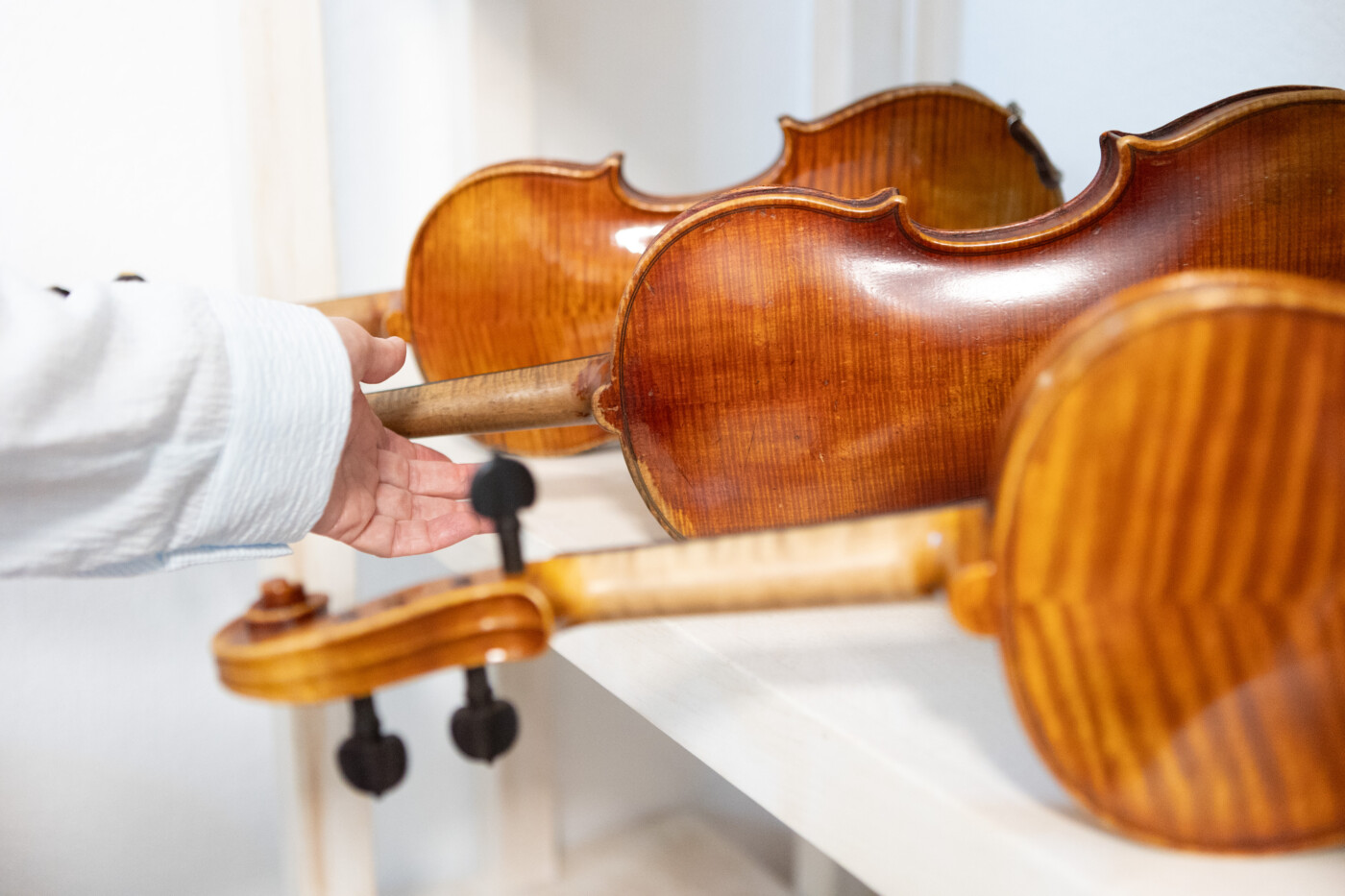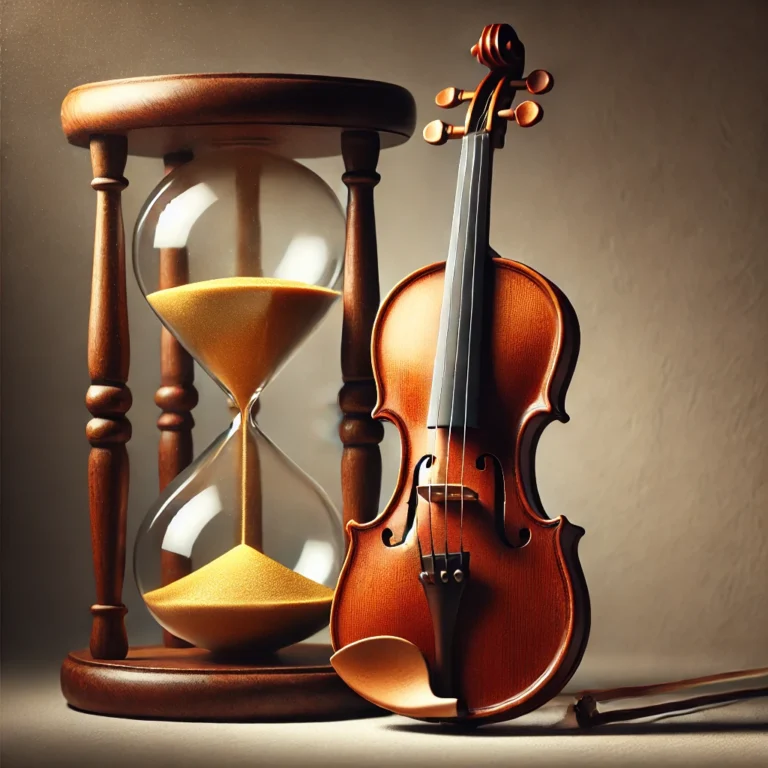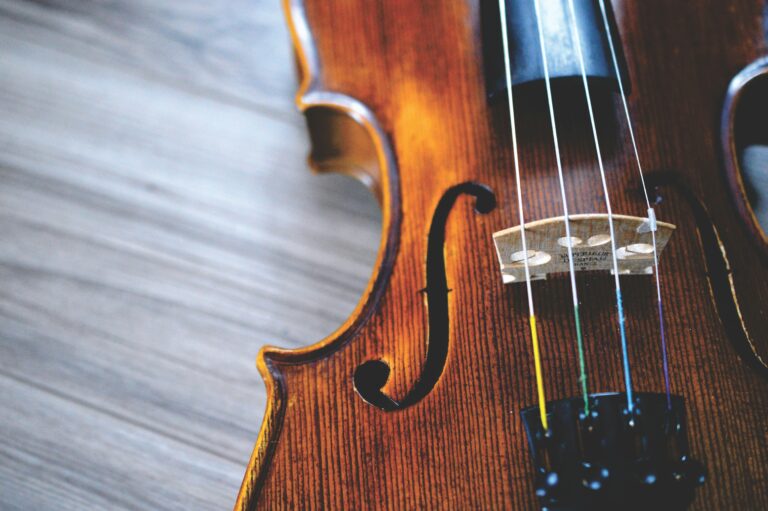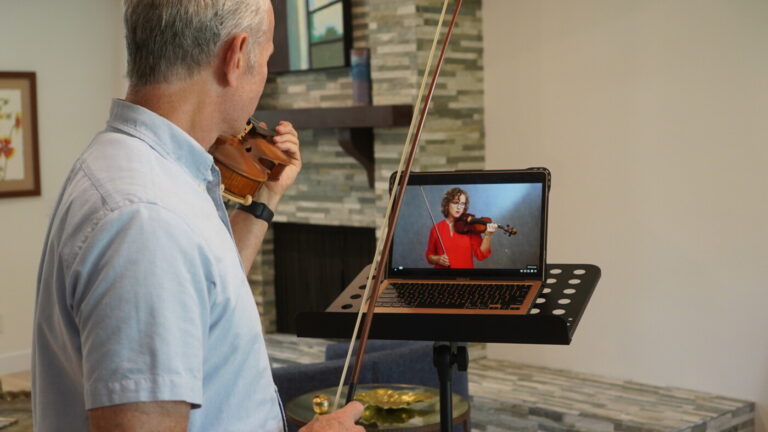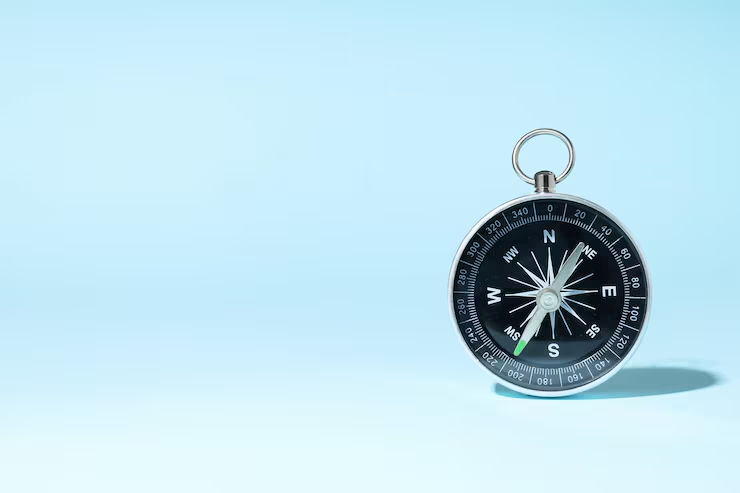Guide to Buying a Violin
You may have already been down the internet rabbit hole searching for a violin.
And so the first question is, Where do I look? The online options are indeed dizzying. But we believe your best option, if available, is a local stringed instrument store.
And here we make a distinction between a store specializing in bowed stringed instruments and a general music store. There are far more general music stores selling keyboards, drums, and clarinets, and they are often a vital part of a musical community. However, their knowledge and service of violin-family instruments is often limited. Best to stick with a store whose entire focus and area of expertise is stringed instruments.
Advantages of buying from a brick and mortar Violin Shop
- Personalized service.
- Ability to try many instruments.
- Free approval period to take the instrument or instruments home to get to know them.
- Employees are often accomplished players and can play different instruments for you to hear.
- No shipping!
- In store warranties. If there is a problem with the violin most shops will work on it for free.
- Trade up policies. Almost all reputable shops will give you 100% (or close to that) trade in value for a nicer instrument should you want to upgrade later.
- Going to a local store is just an overall more pleasant and streamlined experience.
Purchasing Online
If there isn’t a local shop in your city, or even a few hours drive from where you live, you will have to find a violin online. It’s definitely possible to find a good, affordable violin on the internet. It’s also definitely possible to get what we sometimes refer to as a VSO…violin-shaped object.
This is an instrument so poorly made, only the basic outline of the item allows it to be called a violin. So how do you avoid VSO’s and find a good internet violin? The large e-commerce sites, such as eBay and Amazon, are tricky.
Brand names are not really a big thing in the violin world. Things might be simpler if you could just do a Google search for a Sony, Maytag or Toyota violin and be reasonably certain of what you were getting. But most violins carry meaningless trade names often made to sound Italian or German, or simply XYZ Violin Store, which tells you nothing about the violin’s origins.
The problem with VSOs

Cheap instruments are inherently not the worse thing. A violin shaped object will still make sound. The bigger issue is set-up.
In general, the set-up refers to those parts of the violin other than the actual body. This would be the strings, the pegs, the bridge, the fingerboard and so on. Today’s student violins, made in factories or large assembly line workshops, supply the world’s markets in vast quantities.
But once the violin is constructed, it needs to be set up…pegs must be fit, a bridge cut to the proper height, the fingerboard glued and shaped, and more. If the maker produces a nice violin body but scrimps on the set-up, you’ll end up with an instrument that is literally unplayable.
Let’s take just one example…the bridge. A bridge is not an off-the-shelf item; it must be carved and fit to the individual violin. If the bridge is too high, you’ll struggle to push the strings down against the fingerboard. If it’s too low, the strings will make an awful buzzing sound on the fingerboard. Also, the bridge arching is important so that you’ll be able to control which string you are playing on. And if the feet of the bridge are poorly carved, the bridge may simply fall down.
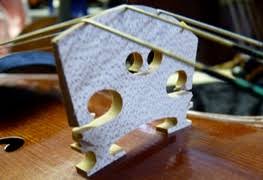
Do Not Buy a Cheap Violin from Large E-commerce.
For all the reasons mentioned above, buying a cheap violin from a large E-commerce store like Amazon or Temu means that you will get an instrument shipped straight from the Chinese factory. That’s not say instruments from China are bad. There are excellent violins made in China, but you should buy from the “middle man” by way of a reputable company with their own in-house luthiers who make sure the instrument is well set up and ready to play.
Where to Buy
- Ask your teacher, if you already have one. Violin instructors are usually plugged into the instrument scene and should be able to offer some advice in this regard.
- Check Facebook Marketplace or another used resell app and look for used instruments that have purchased at a reputable shop. The ad listing should state where the instrument came from.
- Order from a well-established brick and mortar shop with a national presence and mail order operation like Sharmusic.com, Johnson Strings or Kennedyviolins.com. These companies offer trusted brands at fair prices, and importantly, have mastered the art of shipping, transparency and customer service in the complex ecommerce arena. They also have very large inventories to take advantage of their trade in policies.
Buying a Used Violin
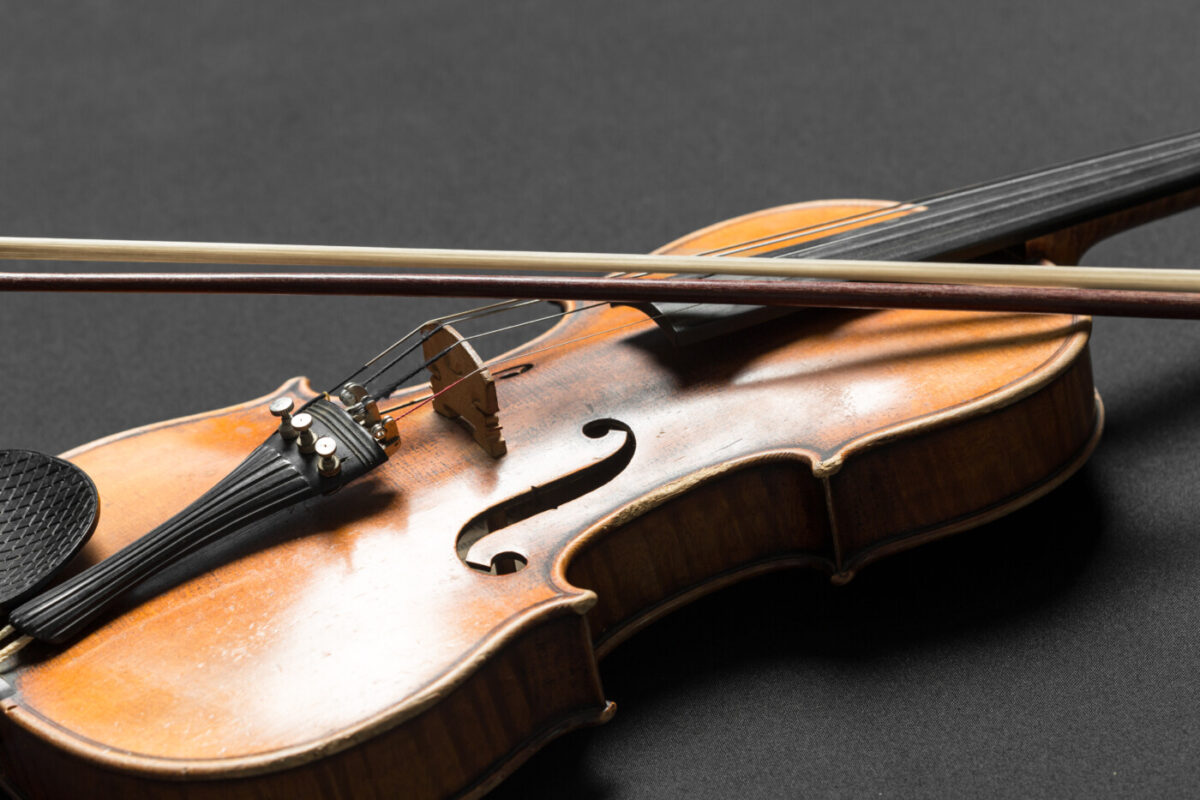
Many shoppers are value-conscious and seek great deals on platforms like eBay, Reverb, or Facebook Marketplace. There’s nothing wrong with that approach. However, it’s important to understand that it can often be a gamble. I’ve personally experienced significant disappointment after purchasing what seemed, based on the photos, to be a promising vintage instrument on eBay.
That said, “used” is not a pejorative term when it comes to violins. In fact, older instruments often sound better as the wood has seasoned, giving the tone more complexity. The challenge is finding the good ones. For modern violins made in the last 25 years, we’ve compiled a list of trusted and affordable brands to help guide your search.
Trusted Brands
- Scott Cao Violins has been a favorite for decades. The quality is excellent. There are several levels, so the first number on the violin label is important. The higher the number, the better the quality.
- Eastman Violins have been service the student community for more than 3 decades.
- Rudoulf Doeutsch Instruments are high quality and tend to have a richer tone than most entry level instruments.
- JHaide Violins are more recent on the scene but have grown in popularity.
- Krutz Strings are well made and while not as pervasive as Eastman, are an excellent brand.
- Gliga violins are located in Romania and are a good choice for European customers.
How much should I spend on a Beginner Violin?
Many beginners feel they don’t deserve a quality instrument and opt for something very cheap. However, the lower the quality, the harder it is to progress. A better instrument allows for smoother playing and quicker improvement.
The short answer: spend as much as you can comfortably afford. Cheaper violins often lack proper setup, making them harder to play. More expensive instruments typically have better strings and craftsmanship. That said, a solid entry-level violin from a reputable shop, priced between $400 and $700, can offer years of enjoyable playing.
Free Violin Consultation for Violin Lab Members
As I always say to my students. “Your success is my success.” I’m personally invested in your progress and in order to do that you need an instrument that is easy to play and produces a quality tone.
If you are a member of Violin Lab, you are welcome to email and send links to violins you find online. I can do a search for you and see what shops seem best in your area.
